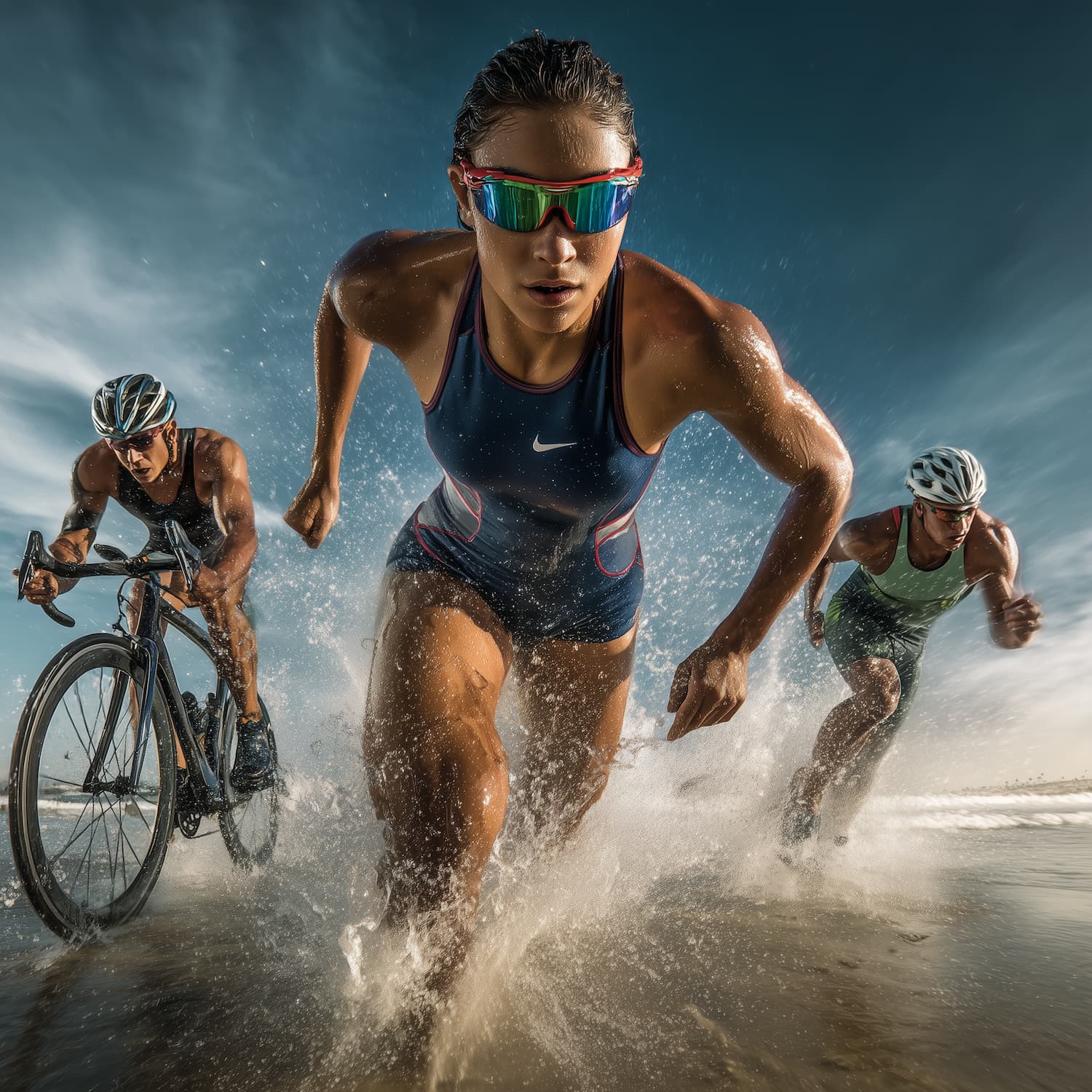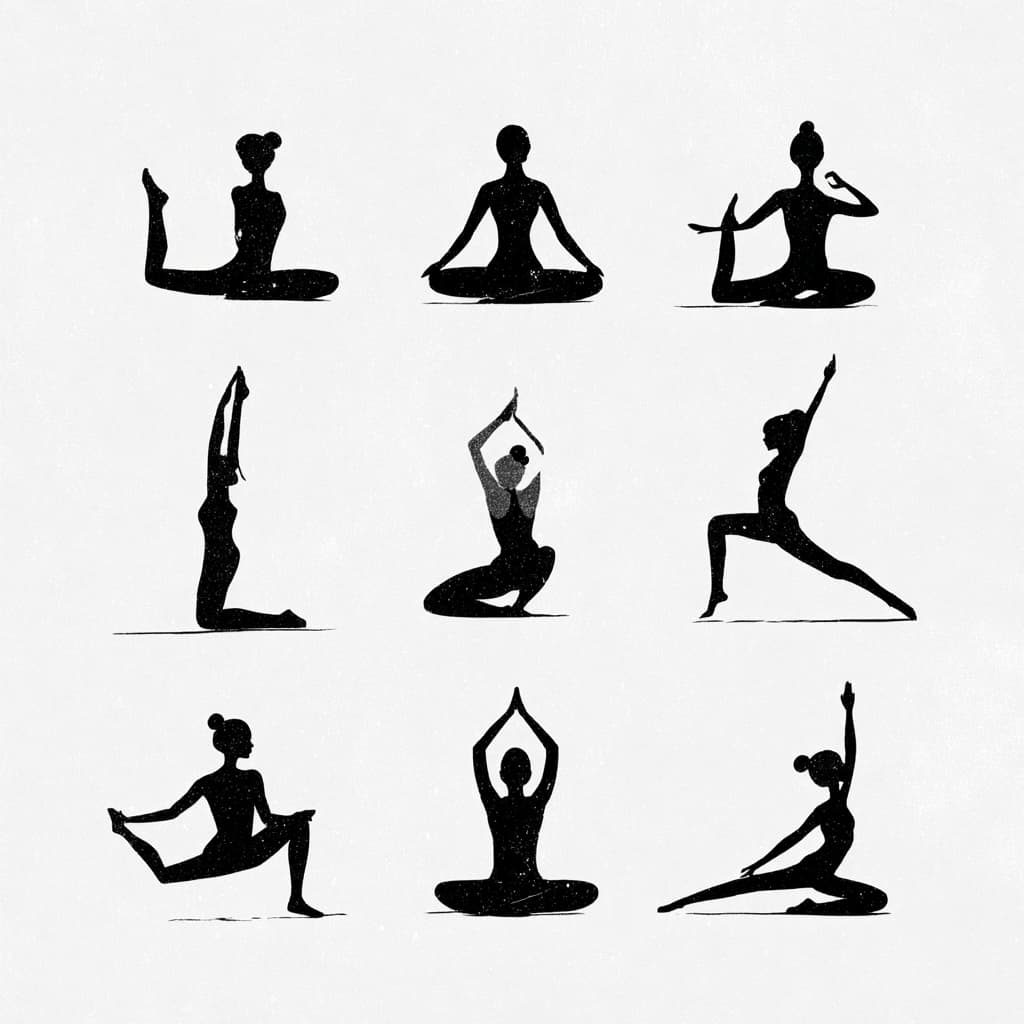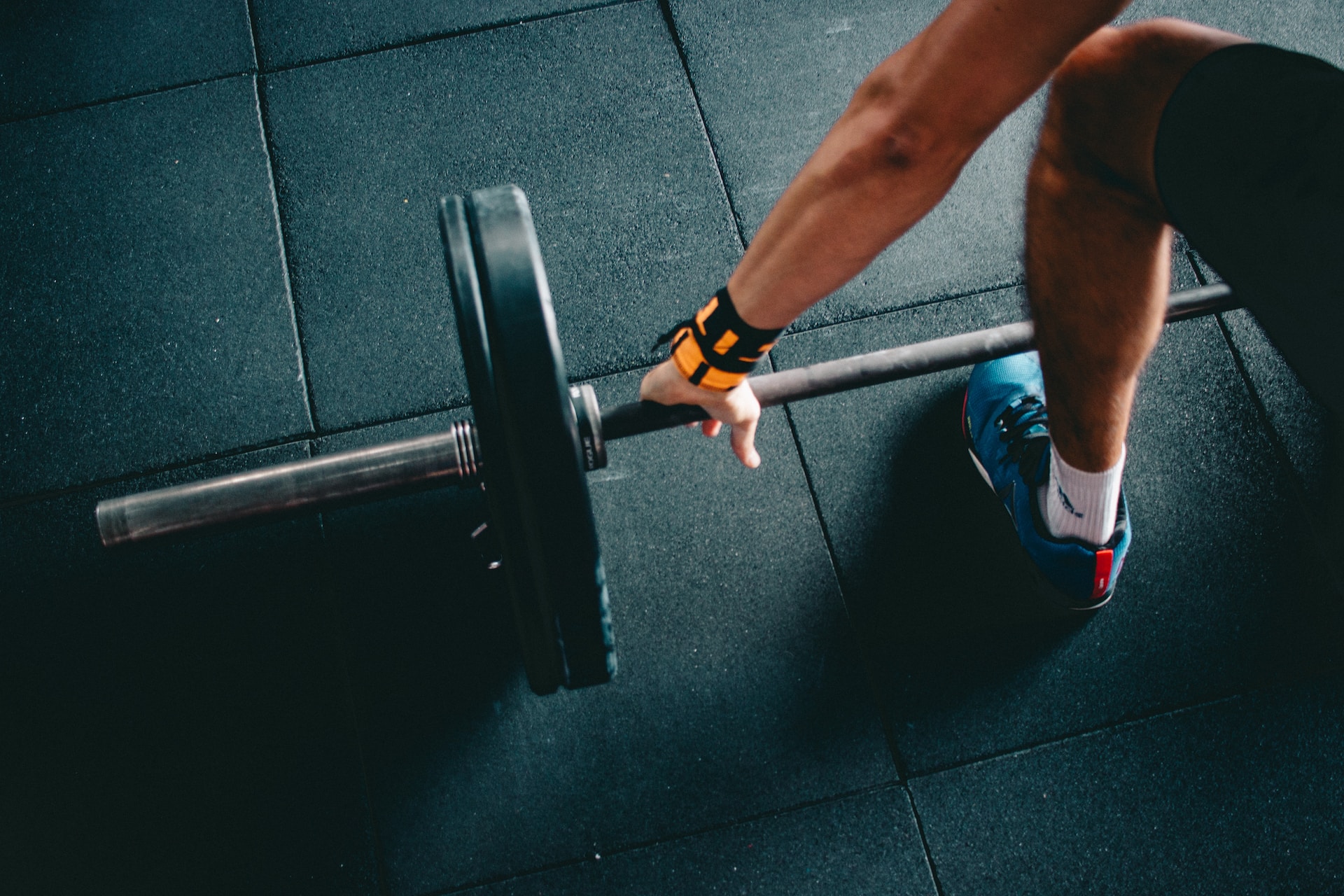Swimming is a sport that demands a unique combination of endurance, strength, flexibility, and mental resilience. Yet, like many athletic disciplines, swimming includes off-season periods when athletes may spend less time in the water. Without structured training, these breaks can lead to a decline in cardiovascular capacity, muscular endurance, and technical sharpness. That is where cross-training comes into play. By engaging in complementary activities, swimmers can maintain and even improve their overall fitness during off-season months.
This article explores proven cross-training methods that help swimmers stay in shape, reduce injury risk, and return to the pool ready for peak performance.
Why cross-training matters for swimmers
Cross-training offers multiple benefits for swimmers:
- It keeps cardiovascular endurance high without requiring constant pool access.
- It strengthens supporting muscle groups that may not be targeted by swimming alone.
- It reduces the risk of overuse injuries common in shoulders, knees, and hips.
- It introduces variety, keeping motivation levels higher during long off-season periods.
For swimmers, the key is choosing cross-training activities that mimic or complement aquatic movements while addressing weaknesses.
Running for cardiovascular endurance
Running remains one of the most accessible and effective cross-training methods. It challenges the cardiovascular system, builds leg strength, and improves stamina. Swimmers often focus heavily on upper body training in the pool, so running helps balance lower body conditioning.
Tips for swimmers:
- Incorporate steady-state runs of 30–45 minutes twice a week to maintain aerobic base.
- Add interval sessions with short sprints to simulate race-pace intensity.
- Choose softer surfaces such as trails or tracks to reduce joint stress.
For sprinters, hill sprints can build explosive power, while distance swimmers benefit from long runs that sustain aerobic efficiency.
Cycling for low-impact endurance
Cycling is particularly useful because it provides an intense cardiovascular workout while minimizing impact on joints. It engages quadriceps, hamstrings, and glutes-muscles that support strong kicking in the water.
Tips for swimmers:
- Use stationary bikes for interval training, alternating between high-resistance climbs and fast sprints.
- Go for outdoor rides to build endurance and mental resilience during long sessions.
- Maintain proper posture to avoid lower back strain.
Cycling also doubles as a recovery activity, allowing athletes to train consistently without excessive stress on the body.
Strength training for power and injury prevention
In swimming, strength is often underestimated. A strong core, shoulders, and legs translate directly to faster starts, turns, and more efficient strokes. Strength training during the off-season is an opportunity to build power without the fatigue of daily pool sessions.
Key areas of focus:
- Core stability: planks, medicine ball twists, and Pilates-based exercises.
- Shoulder strength: resistance band work, pull-ups, and overhead presses to protect rotator cuffs.
- Lower body: squats, lunges, and deadlifts to improve push-offs and streamline positioning.
Strength training should be functional, emphasizing compound movements rather than isolated machine work. Two to three sessions per week are ideal.
Yoga and flexibility training
Flexibility and mobility are essential for swimmers, who rely on long, efficient stroke mechanics and streamlined body positions. Yoga offers dual benefits: enhancing range of motion while calming the mind.
For swimmers, yoga poses such as downward dog, cobra, and pigeon stretch key muscle groups like shoulders, hips, and hamstrings. Dynamic mobility drills-arm circles, hip openers, and thoracic rotations-should also be included.
Regular flexibility training reduces injury risk, helps maintain proper technique, and aids recovery after strength or endurance workouts.
Rowing for upper body endurance
Rowing machines provide an excellent simulation of swimming’s pulling action. Both sports rely heavily on upper body strength, rhythm, and cardiovascular endurance. Rowing also engages the posterior chain, balancing muscles that swimming may neglect.
Training suggestions:
- Interval sessions of 500 meters at race intensity followed by rest.
- Longer endurance pieces of 20–30 minutes to build stamina.
- Focus on proper form to protect the lower back and maximize efficiency.
Rowing is particularly valuable for maintaining shoulder endurance, crucial for freestyle and butterfly swimmers.
Dryland swim-specific circuits
Some cross-training routines can directly mimic the swimming environment. Dryland circuits target swimming-specific motions and energy systems. Examples include:
- Push-ups followed by explosive jump squats to simulate starts.
- Resistance band “pulls” to mimic freestyle and butterfly strokes.
- Burpees and medicine ball slams for anaerobic conditioning.
These circuits combine strength, power, and cardiovascular work, making them a comprehensive tool for off-season training.
Mental training and visualization
The off-season is also an ideal time to strengthen the mental side of performance. Visualization exercises, meditation, and mindfulness improve focus and confidence. Swimmers can mentally rehearse race scenarios, starts, and turns, building neural pathways that support physical performance.
Short daily sessions of 10–15 minutes can enhance concentration and reduce anxiety, ensuring athletes return to the pool with sharper mental resilience.
Building a balanced off-season program
A successful off-season plan balances endurance, strength, flexibility, and recovery. A sample week might include:
- Two running or cycling sessions for cardiovascular maintenance.
- Two strength training sessions focusing on functional movements.
- One yoga or flexibility session to maintain mobility.
- One rowing or dryland circuit for swim-specific conditioning.
- Regular visualization practice.
This variety prevents monotony, addresses weaknesses, and ensures comprehensive fitness maintenance.
Conclusion
Cross-training is more than a placeholder for pool time-it is a powerful tool for improving performance and longevity in swimming. By incorporating running, cycling, strength training, yoga, rowing, and mental conditioning, swimmers can maintain their fitness during the off-season while reducing the risk of overuse injuries.
When structured correctly, these methods do more than preserve form; they enhance overall athleticism. Swimmers who embrace cross-training return to the water stronger, faster, and better prepared to handle the demands of competition.


